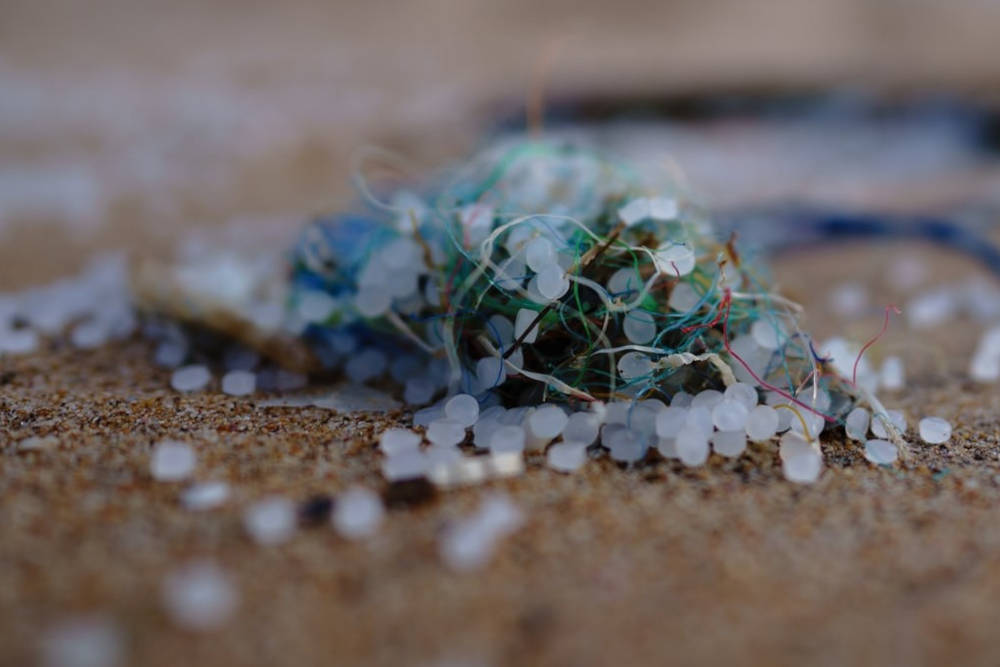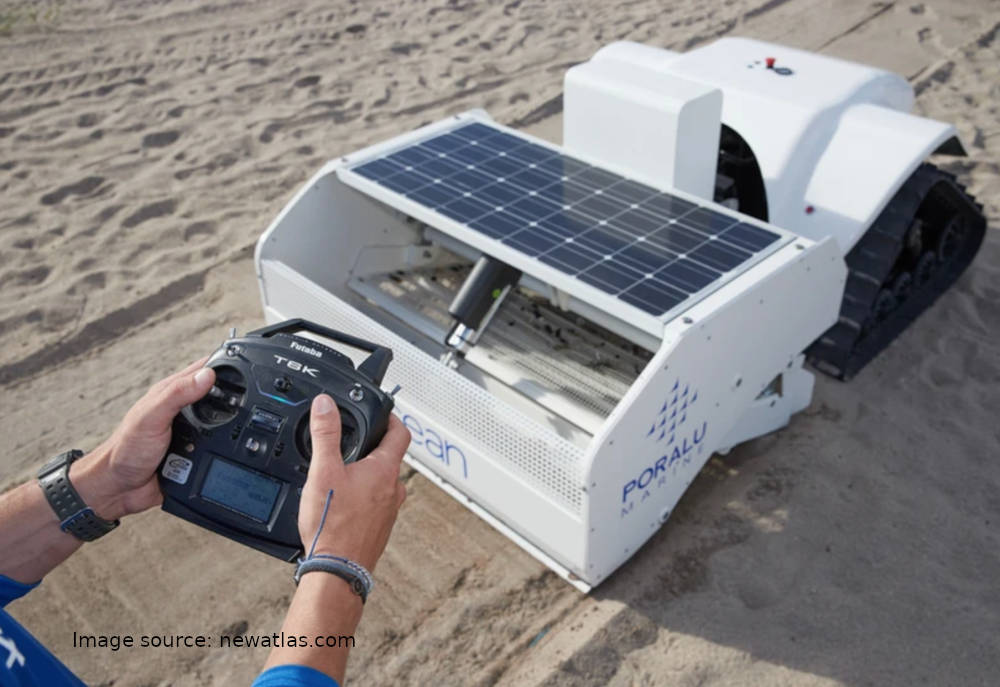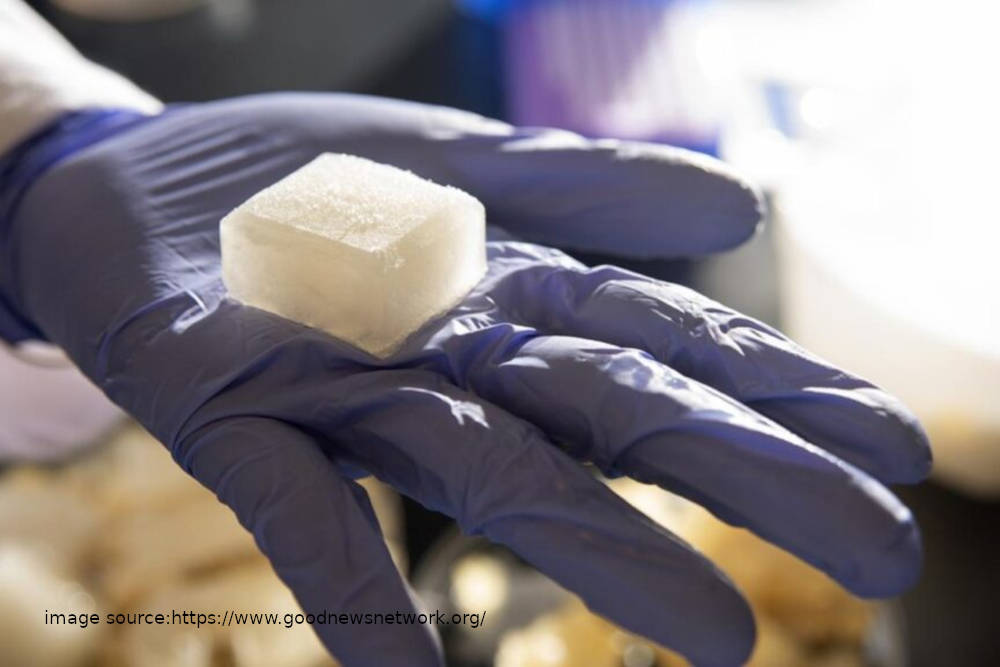Plastic garbage patches in our Oceans
- Home
- Swallow Green
- Plastic garbage patches in our Oceans
Plastic garbage patches in our Oceans
- access_time 9 December 2019
- account_circleSwallow Green
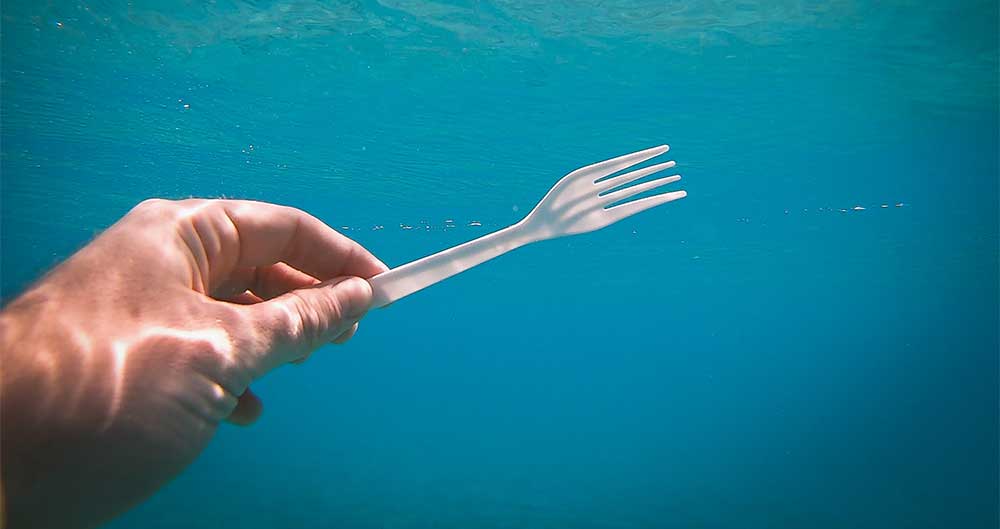
There are several plastic patches in the seas of our planet, the largest ones of these are located in our oceans. Currents cross each other’s paths and create these intersection points, where the water creates a big whirlpool, collecting vast quantities of plastic in one spot. The biggest one is the eastern patch of the Pacific Ocean, quite aptly named The Great Pacific Garbage Patch, roughly halfway between California and Hawaii, and it is enormous.
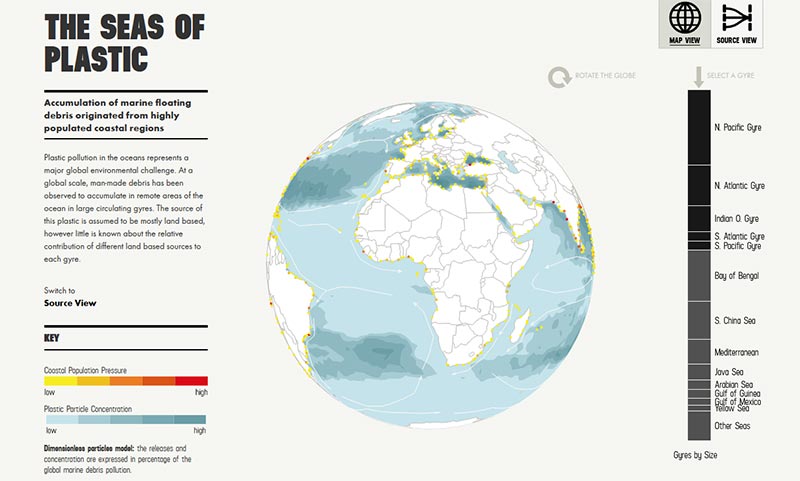
Source: dumpark.com
This patch has been known to us for over 50 years now, but recently has grown to scary proportions. At this point, measuring over 1 700 000 square kilometers, larger than the area of Spain, France, Italy and the UK combined. It consists of roughly 1.8 trillion pieces and weighs 88,000 tons. This is over 16 times higher than previous estimates that were made in the 1990ies. Mind you, this is not a single slab of plastic. Fishing nets, bottles, containers, crate, fragment and micro fragments, 1.8 trillion of them, loosely bundled together, cover the sea surface. The pollution beneath them could be immeasurable, as an estimated 70% of plastic pollution sinks to the ocean floor, and we must also take into account the plastic still sinking or floating between the surface and seabed.
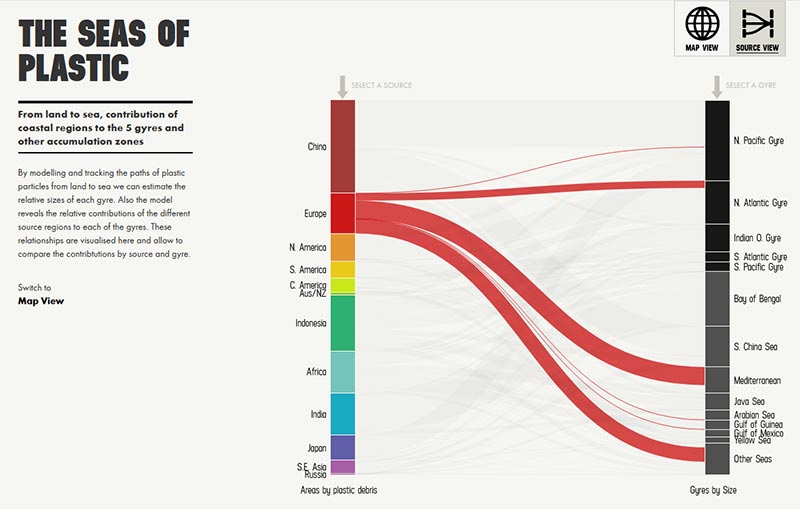
Source: dumpark.com
Global plastics production surpassed 322 million tons in 2015, according to the International Organization for Standardization. The Ocean Cleanup initiative, company that tasked itself with cleaning the surface of our oceans, and carried through their own independent studies, are warning that the Patch is still growing exponentially, as are the remaining 4 patches, spread through our planet’s oceans. Some have opted to blame the fishing industries, as discarded nets are a part of the problem, but they merely entangle themselves in with the debris, ironically enough, almost helping the oceans contain the pollution to specific spots. The damage they cause to marine life, however, is another issue. Ocean Cleanup aims to clear out half the Patch by 2025, and is also laboring on several other projects that will aim at stopping the debris from entering the oceans in the first place.
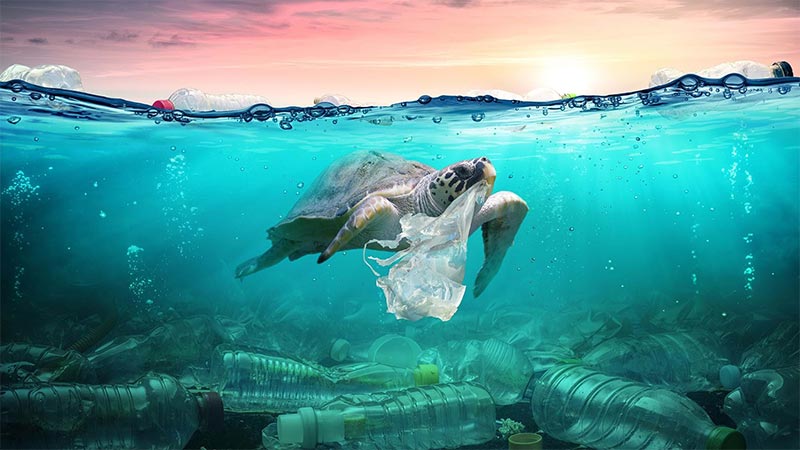
Source: www.condorferries.co.uk
Pointing fingers and shifting blame is definitely not part of this problems’ solution. Not one single country has yet to claim even a shred of responsibility for this enormous issue, as the patches are firmly in international waters, so it’s easy to deflect blame. This is an issue of collective responsibility, and will not be tackled properly until all countries agree to share the blame and the cleanup effort. Until then, this effort is carried out by companies and initiatives, such as Ocean Cleanup, that fight for our and our planets’ collective wellbeing. Since the 1950s, 8.4 trillion kilograms of plastic has been produced on Earth, and every single kilogram of that plastic is present to this day. As thrash, recycled or in use, it cannot be destroyed or decomposed. Our only hope is to gather it, contain it, recycle it and use it responsibly and sustainably. If we don’t achieve this, it will continue to wreak havoc on our environment, killing our plant life, fish, land animals and ultimately, us.
To learn more about the Ocean Cleanup initiative, check out this video:
To truly understand and comprehend the extent of plastic pollution in our oceans, check out this interactive map:




